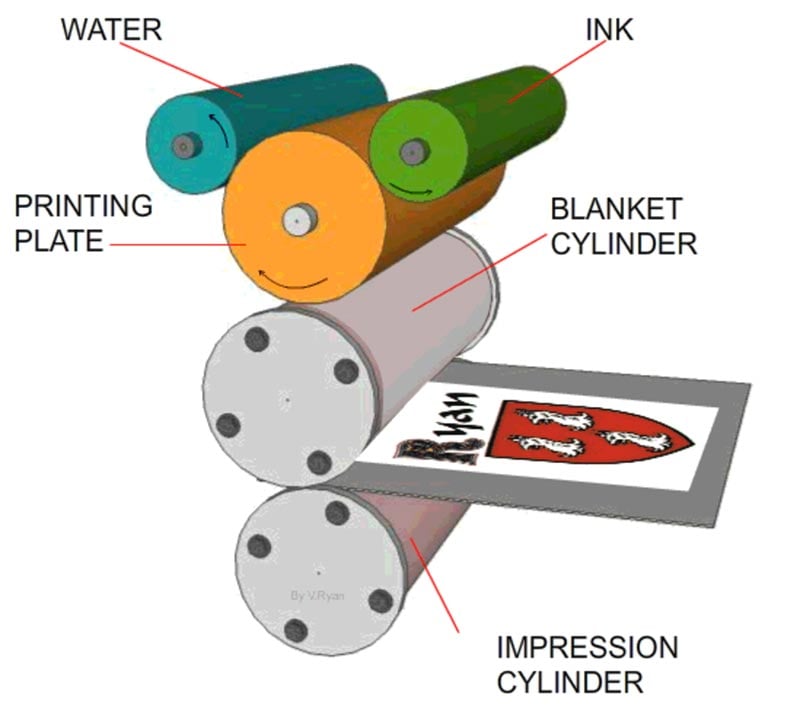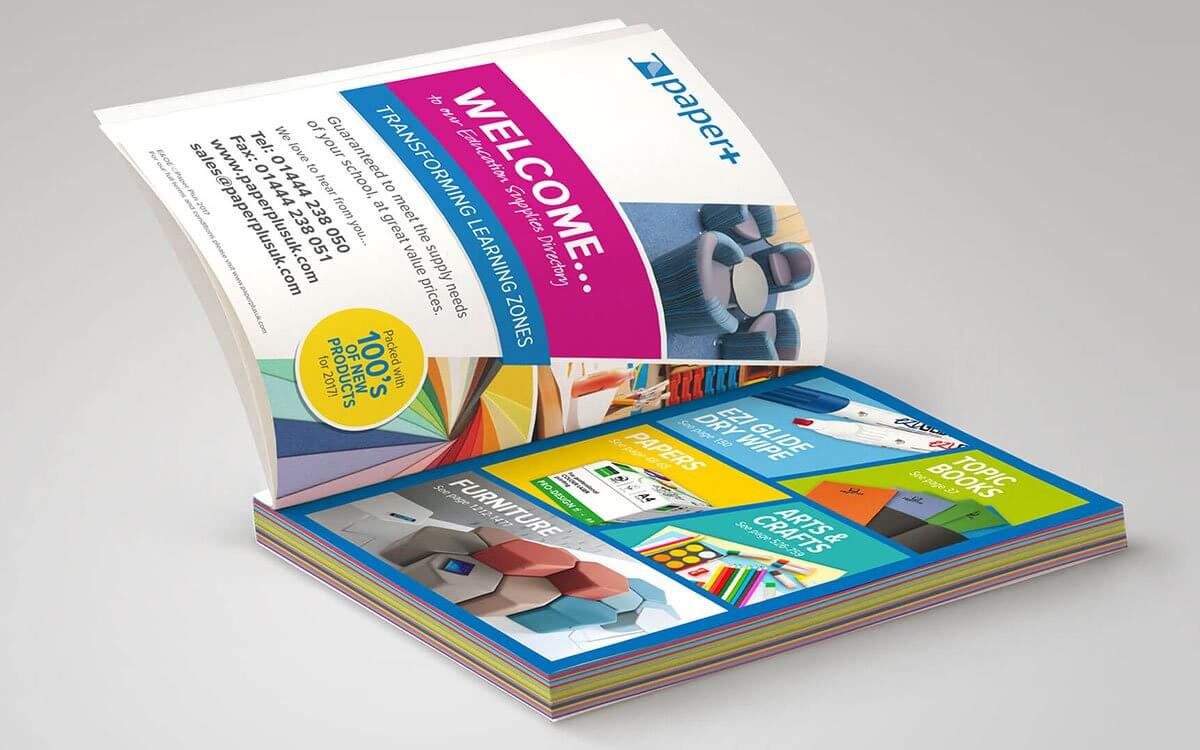A Comprehensive Overview to Understanding Litho Printing Techniques
The globe of litho printing, a technique stemming from the late 18th century, is a fascinating mix of background, art, technology and science. This thorough guide will decipher the complexities of this printing technique, from the structure of litho inks to the challenges faced in contemporary applications. As we venture into the intricacies of lithography, the value of automation and sustainability in ensuring its future importance comes to be progressively clear. Remain with us as we trip right into the exciting realm of litho printing.
The Historic Evolution of Litho Printing
The historic trajectory of litho printing, an essential technology in the world of communication, is an exciting tale of human ingenuity. Birthed in the late 18th century by Alois Senefelder, this technique was originally an affordable method of publishing staged jobs. Lithography, derived from the Greek words for 'rock' and 'to compose', utilized a smooth rock surface area to transfer pictures onto paper. The procedure evolved with the advent of the rotating press, which significantly boosted efficiency (litho printing). In the 20th century, the technology of countered lithography changed the industry, enabling automation of premium prints. Each stage of litho printing's evolution showcases humanity's unrelenting quest of effectiveness and high quality in aesthetic communication.
Deciphering the Science Behind Litho Printing Inks
Moving forward in the exploration of litho printing techniques, the emphasis currently moves to the science behind litho printing inks. The structure of these inks, their drying out procedure, and color mixing strategies form the foundation of this complicated art form. Recognizing these aspects is vital to mastering the craft and accomplishing the preferred print outcomes.
Composition of Litho Inks
In lithographic printing, the fundamental role of litho inks can not be overemphasized. Pigments, the color-providing components, are finely ground fragments put on hold in the automobile, a fluid that lugs the pigment onto the printing surface area. Each component plays a critical component in the last print's quality, making the specific solution of litho inks an elaborate science.
Ink Drying Refine
From the composition of litho inks, attention transforms to the interesting process of ink drying out. The drying procedure is crucial, as it affects the final print's top quality and durability. Two primary techniques are utilized in litho printing: oxidative drying and absorption. Oxidative drying out includes the ink reacting with oxygen in the air to develop a tough, completely dry movie. This approach offers a long lasting surface, yet can be slower contrasted to absorption. Absorption, on the other hand, entails the ink leaking into the paper fibers, which is a quicker procedure but can bring about much less vivid colors. The option in between these methods depends on factors such as print rate requirements, the paper kind used, and the desired finish.
Color Mixing Techniques
While the drying procedure plays a crucial function in litho printing, the science of shade blending methods holds equal relevance. This is a complex process that involves the careful mixing of primary shades: cyan, magenta, and yellow, in differing percentages to achieve a vast selection of hues. The addition of black ink, called 'essential', helps in managing the strength and deepness of the colors. The science behind litho printing inks likewise takes into consideration the openness of the ink, which influences how shades overlay and mix. To attain an efficient shade mix, print experts must likewise recognize the ins and outs of ink habits, shade theory, and the physical buildings of the substrate on which the ink is used.
The Art and Design Components in Litho Printing
Litho printing breathes life into art and style through its special components. Litho printing accommodates a range of colors, allowing artists to create dynamic and vibrant prints. This combination of accuracy and adaptability makes litho printing a favored choice for numerous artists and designers.
Modern Applications of Litho Printing Methods
Litho printing methods have actually found considerable use in the contemporary business industry. Its influence and value remain to grow with the arrival of new innovations and technologies in the area. This section will certainly discover these contemporary applications and the transformative function they play in the printing market.
Industrial Litho Printing Makes Use Of
Litho printing remains an important part of the industrial market. High-volume printing tasks, such as the manufacturing of books, newspapers, and packaging, depend on litho printing for its ability to deliver superior photo quality and price efficiency. Litho printing additionally gives a broad shade range, superior to that of digital printing.
Advancements in Litho Printing
Pressing the limits of standard techniques, modern-day advancements have sustained a host of technologies in litho printing. One popular advancement is digital litho printing, which integrates the virtues of electronic innovation with litho's top quality advice outcome. These developments underscore the enduring importance of litho printing in the modern world.
Checking out the Refine of Litho Printing: Detailed

Difficulties and Solutions in Contemporary Litho Printing

Regardless of the precision and tradition that litho printing proudly supports, it is not without its set of modern difficulties. One of the most common problems consist of the high initial arrangement expense, difficulty in printing variable data, and environmental problems because of chemical usage. Nonetheless, solutions are becoming technology develops. Digital litho printing permits cost-efficient brief runs and simple modification, addressing the problem of variable information. Environmentally-friendly inks and more secure plate-making procedures reduce environmental worries. In addition, innovations in automation have actually decreased labor costs, further democratizing the lithography Going Here process. Thus, while there are challenges, the litho printing market is proactively adapting to satisfy them head-on, ensuring its importance in the future.
Final thought
In final thought, litho printing, with its rich background and scientific ins and outs, holds a considerable place in the print market. The future of litho printing pivots on its ability to adjust to these changing demands, affirming its long-lasting value in an evolving market.

Comments on “litho printing for Catalogs, Flyers, and Pamphlets”